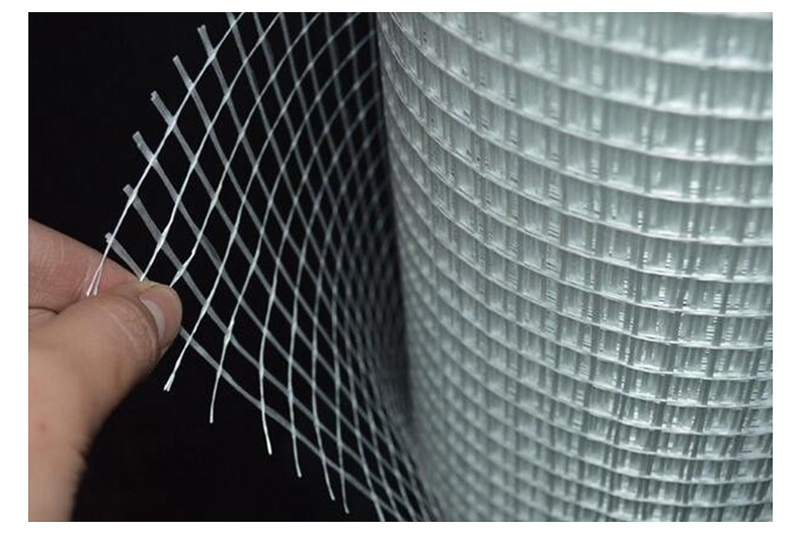Like every other aspect of its cars, Bugatti does carbon fiber with an attention to detail that surpasses virtually every other automaker.
Bugatti has a long history working with carbon fiber. The Bugatti EB 110 of the 1990s was one of the first production cars with a carbon-fiber monocoque, while the Veyron Pur Sang first shown in 2007 put the lightweight material on display with exposed carbon-fiber bodywork, which became a regular production option on the Chiron. Bugatti recently released an explainer on how it makes carbon fiber nice enough to be left exposed and not covered with paint. Acoustic Fiberglass

Carbon-fiber body panels are made from sheets of overlapping fibers, each around a tenth of the width of a strand of human hair, according to Bugatti. The way these fibers are arranged determines the strength of a carbon fiber part, with greater rigidity in the direction the fibers are pointing.
It's also about aesthetics. On cars with visible carbon fiber panels, the direction of any visible fibers is arranged to create a "flowing pattern across the whole surface of the car," according to Bugatti. The automaker also offers customers nine tinted finishes for the clear lacquer that covers the carbon fiber, but the individual fibers are still on full display.
Achieving that look can mean a lot of wasted effort. The largest part—a side panel measuring about 6.5 feet long—takes nearly a week to produce. Production of all carbon-fiber parts starts by laying sheets of the material in a mold that is then baked in an autoclave at 248 degrees Fahrenheit for around two hours. But pieces are scrapped if they don't meet aesthetic standards.
Bugatti's design team requires individual fibers to be aligned at a 45-degree angle in a perfect fishbone pattern. If fibers are more than 1-2 degrees out of alignment, or if any fraying, bumps, or kinks are found, the panel is redone. As with any other material, finished panels must also produce uniform panel gaps when fitted to a car.
Panels that meet Bugatti's standards get a spray of clear coat that is then sanded and polished to create a sheen that emphasizes the weave of the fibers, according to Bugatti. Optional colored tint is applied as a second layer, followed by up to three layers of clear coat.
Production of the Bugatti Chiron and its related variants is winding down, but the automaker's carbon-fiber artisans won't have much downtime. A Chiron successor will debut in 2024 and will launch in 2026. Bugatti is expanding its plant in Molsheim, France, and adding 50% more staff in preparation for the post-Chiron era.
Sign up to get the latest performance and luxury automotive news, delivered to your inbox daily!

Marine Fiberglass I agree to receive emails from Motor Authority. I understand that I can unsubscribe at any time. Privacy Policy.